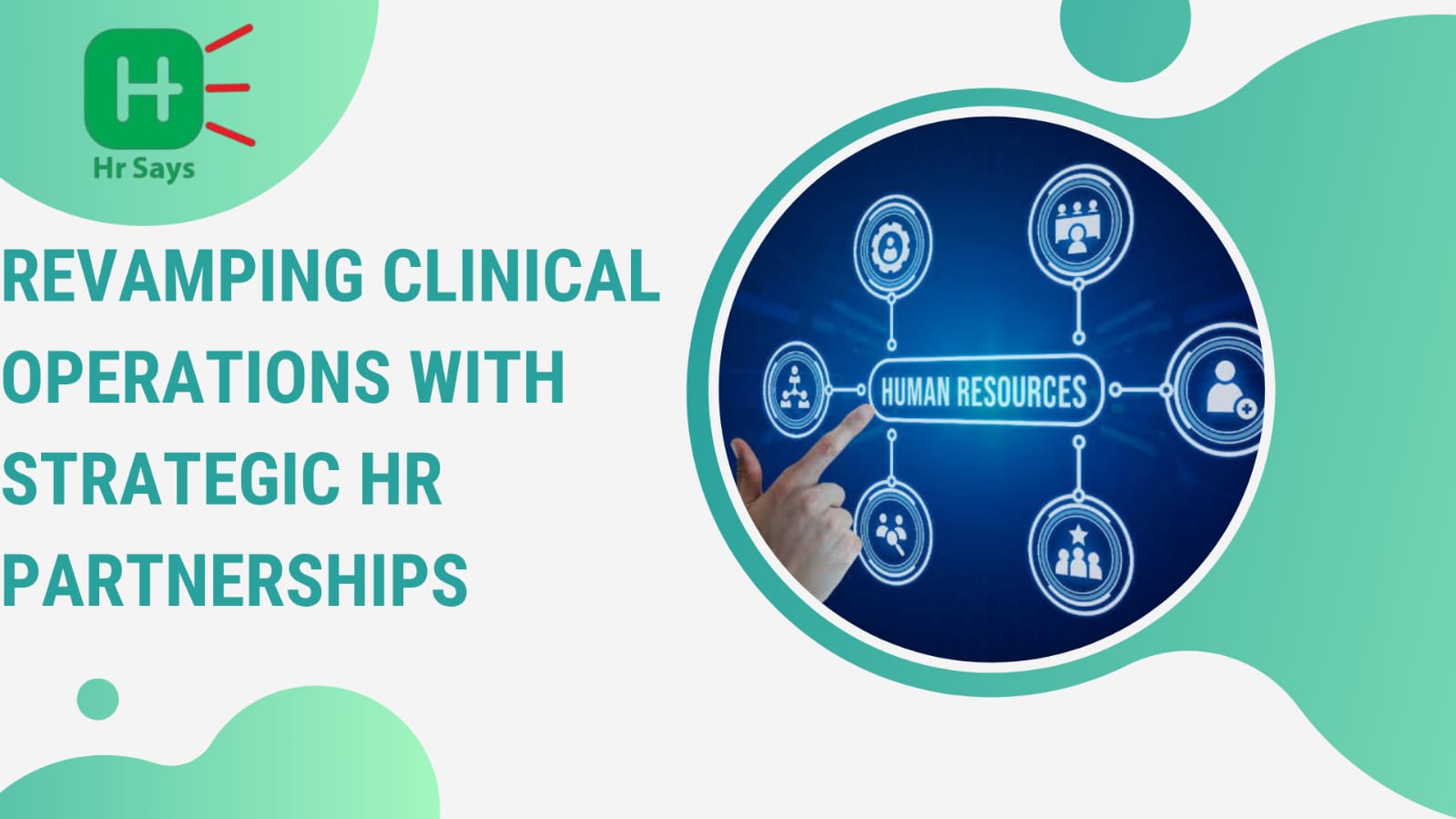Can clinical efficiency be shaped in HR meeting rooms? Surprisingly, yes. As HealthTech, telemedicine, and Hospital Information Systems (HIS) transform care, HR is stepping in—not just to hire, but to reshape how care teams function.
The Shift: From Admin to Ally
Once seen as an administrative arm, HR is now being folded into the strategy circle.
● Staffing isn’t just about numbers anymore. It’s about skill matching with digital tools.
● EMR systems don’t run on software alone—they need trained, motivated people to make them effective.
● Telemedicine growth needs remote-ready clinicians, trained for virtual engagement.
All of this begins with HR.
Behind the screens of digital health, human hands still guide the patient journey.
Touchpoints Where HR Reshapes Clinical Operations
Strategic HR teams are now directly impacting:
● Workforce Planning: Aligning hiring with tech rollouts like Remote Patient Monitoring and EMR upgrades.
● Training & Upskilling: Bridging knowledge gaps in digital systems like HIS and Electronic Medical Records.
● Retention & Burnout Prevention: Using real-time feedback tools to reduce clinical fatigue—a major barrier to patient experience.
● Data-Driven Staffing: Using Health Information Technology to predict peak times and optimize shift patterns.
● Onboarding for Telemedicine: Custom programs that help new hires adapt to virtual care environments quickly.
Without this HR-led support, tech upgrades stall. Adoption drops. Patients feel the difference.
What’s at Stake?
Poor onboarding leads to tech hesitancy. Delayed responses ruin telemedicine sessions.
Untrained hands create EMR backlogs. Morale dips. So does patient experience.
In short—great software without great staff is just code.
And this is where strategic HR matters most. Not in reports. In real-time responses.
Key Enablers of This HR-Clinical Sync
● Leadership Buy-In: When clinical heads partner with HR, solutions become
proactive—not reactive.
● Integrated Systems: HIS and HRMS need to talk to each other. Seamless coordination
helps manage workflows, performance, and resource gaps.
● Culture of Agility: Clinical teams trained in adaptability deliver better results—even
when systems evolve.
● Outcome-Based KPIs: HR metrics now include patient satisfaction, not just time-to-hire.
These aren’t just process tweaks. They’re culture-level shifts.
Conclusion
Clinical operations can no longer survive on medicine alone. Hospital management now rests on
a three-legged stool—tech, systems, and people.
And people need to be heard, trained, retained, and inspired.
Strategic HR is no longer optional. It’s the quiet engine behind every smooth EMR update,
every satisfied telemedicine user, and every calm, capable clinical floor.
The question is—are hospitals ready to listen?

 Healthcare is evolving fast. Clinical operations are no longer just about doctors and devices. With strategic HR partnerships, hospitals are aligning people, processes, and purpose—quietly but powerfully.
Healthcare is evolving fast. Clinical operations are no longer just about doctors and devices. With strategic HR partnerships, hospitals are aligning people, processes, and purpose—quietly but powerfully.












.jpeg)
.jpeg)

.jpeg)

.jpeg)


.jpeg)

.jpeg)

.jpeg)


